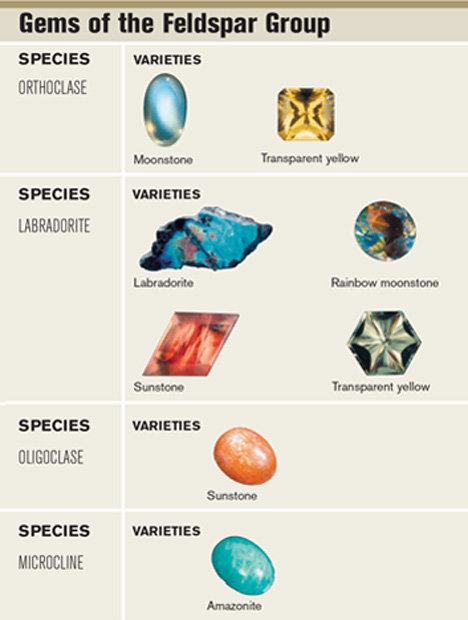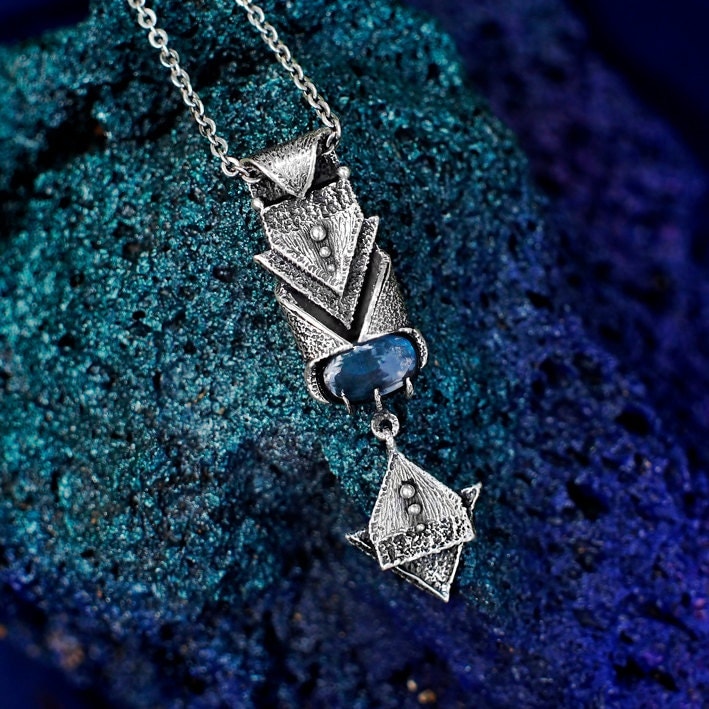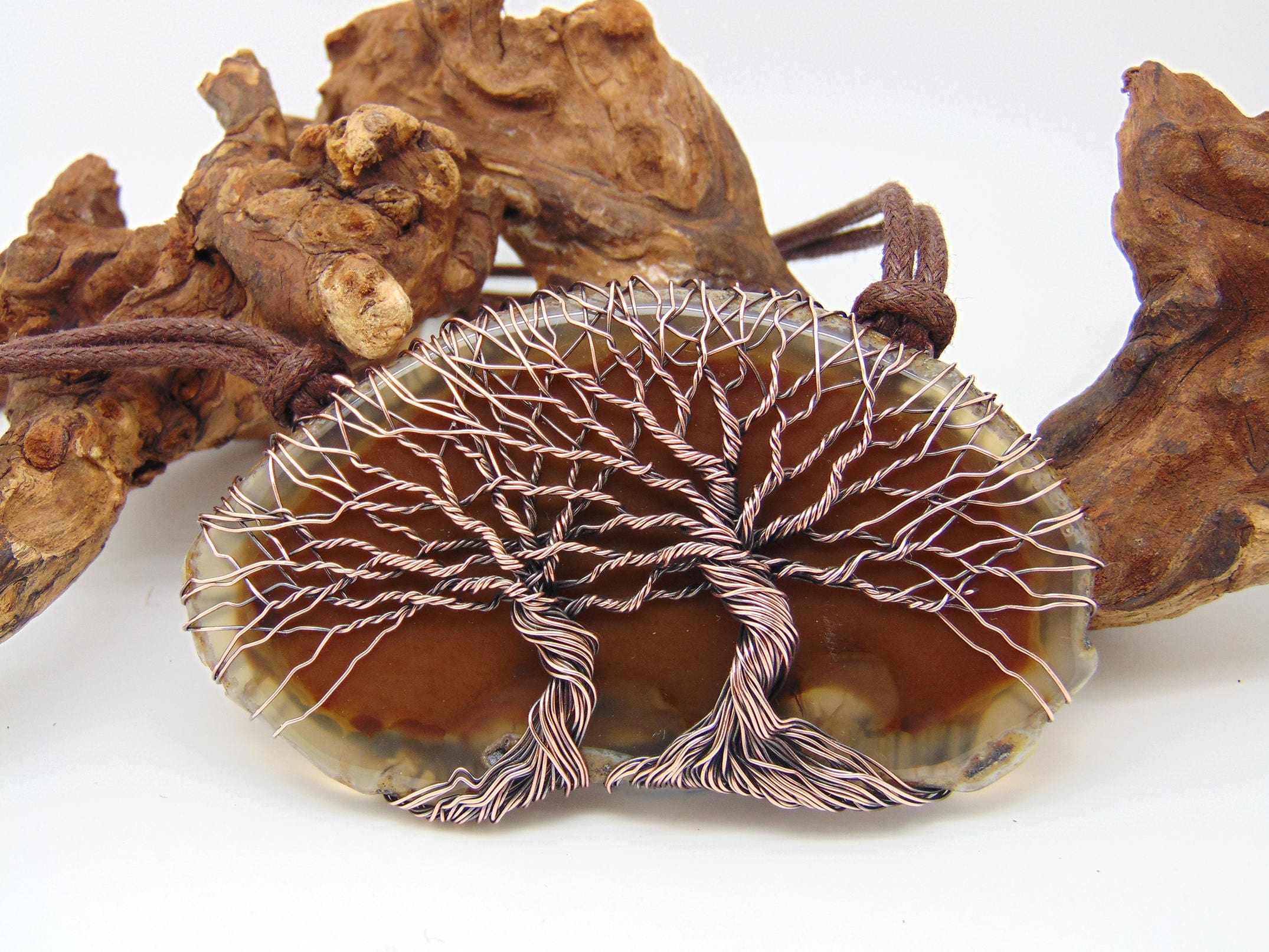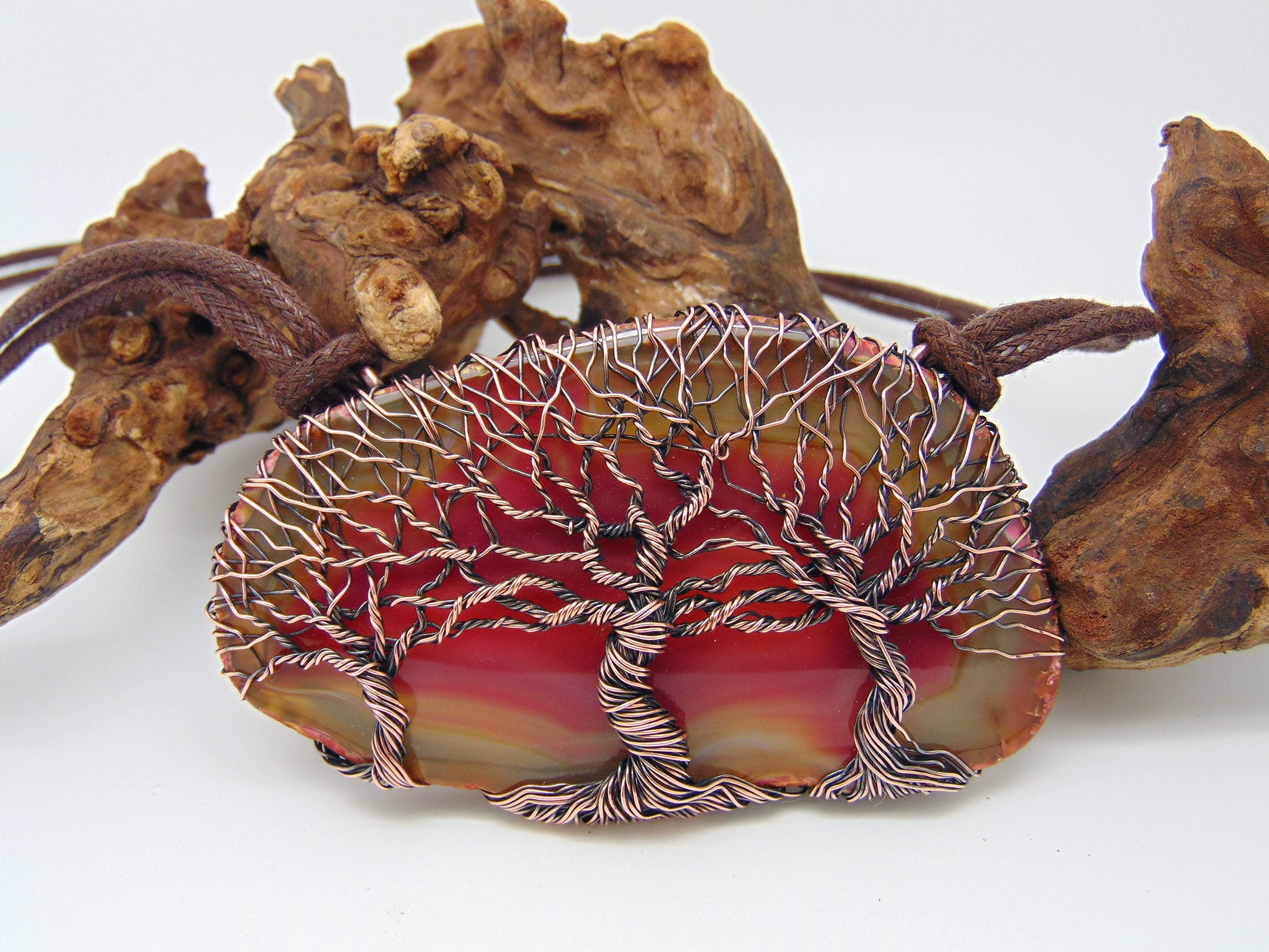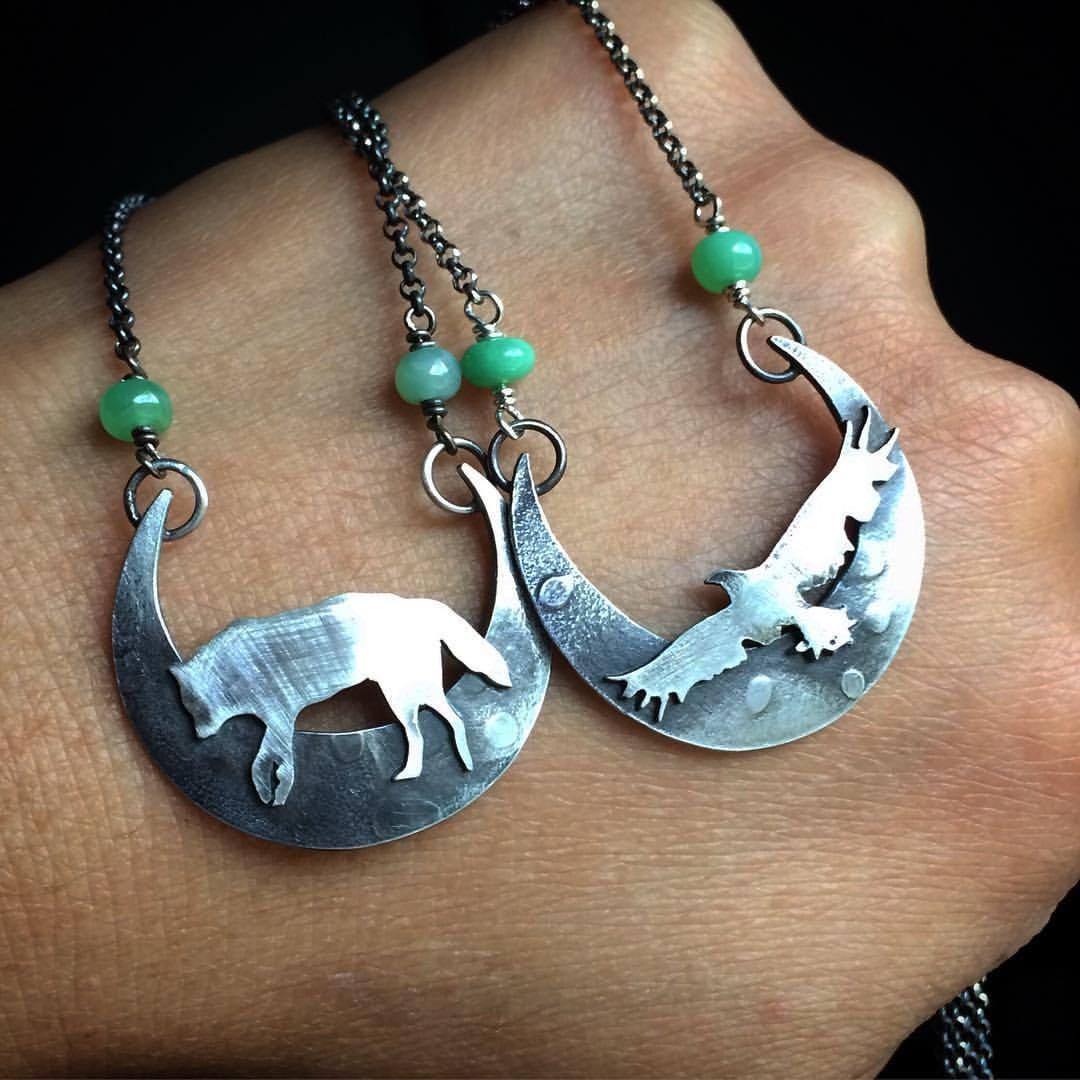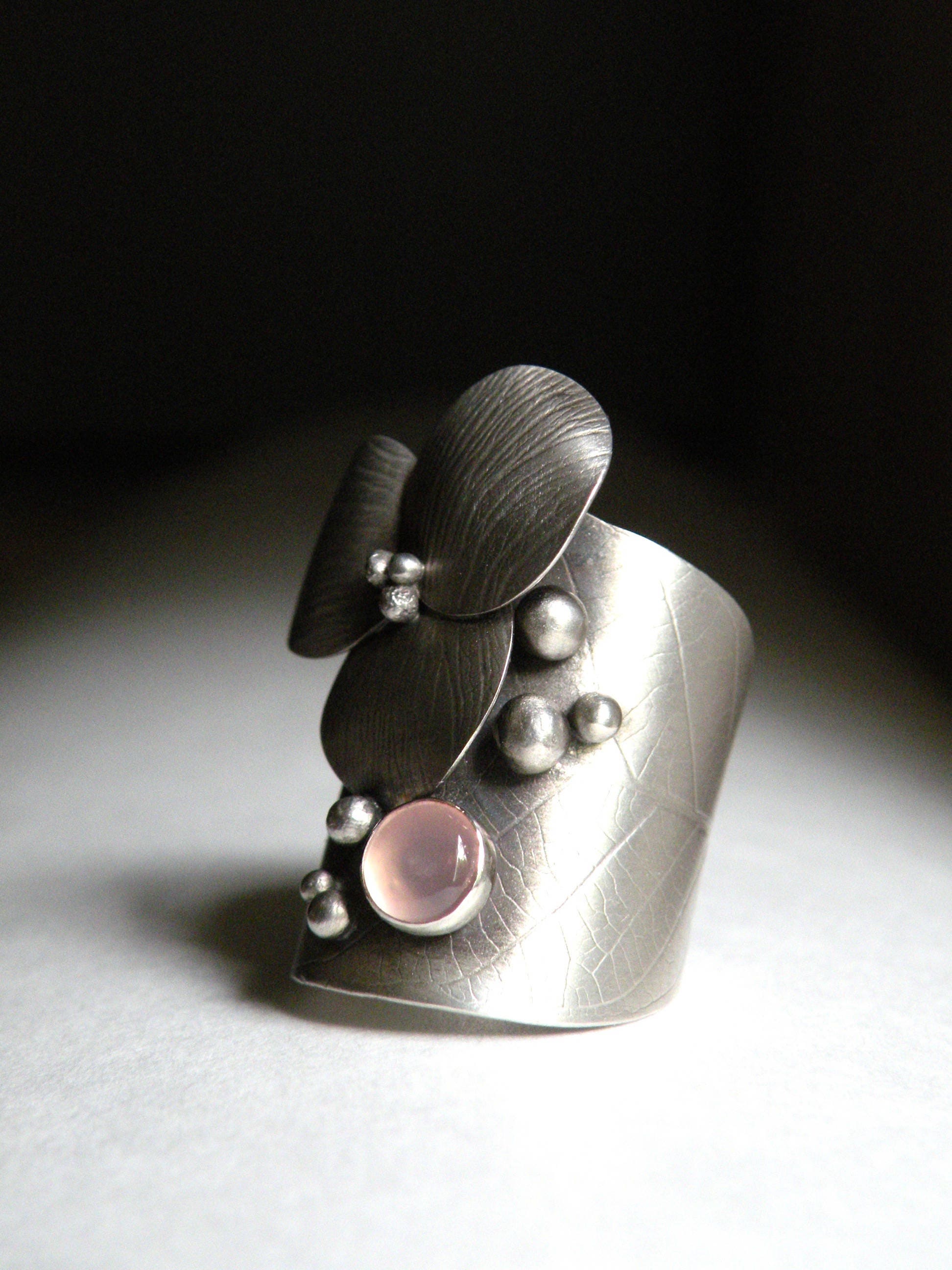ByVellamo has been specialising in handmade jewelry since 2011. Sandra, the founder and creative director, is working from her home in Estonia, a tiny European country just South of Finland.
All the jewelry and accessories are handmade in her workshop, either hand stamped or engraved.
Thursday, July 11, 2019
Tuesday, January 23, 2018
The classical beauty of Art Nouveau
Art Nouveau appeared in a wide variety of strands, and, consequently, it is known by various names, such as the Glasgow Style, or, in the German-speaking world, Jugendstil.
Art Nouveau was aimed at modernizing design, seeking to escape the eclectic historical styles that had previously been popular. Artists drew inspiration from both organic and geometric forms, evolving elegant designs that united flowing, natural forms resembling the stems and blossoms of plants.
The emphasis on linear contours took precedence over color, which was usually represented with hues such as muted greens, browns, yellows, and blues.
In jewelry, René Lalique, Louis Comfort Tiffany, and Marcel Wolfers created some of the most prized pieces of the turn of the century, producing everything from earrings to necklaces to bracelets to brooches, thereby assuring that Art Nouveau would always be associated with fin-de-siecle luxury, despite the hope that its ubiquity might make it universally accessible.
read more: The Art Story
Art Nouveau was aimed at modernizing design, seeking to escape the eclectic historical styles that had previously been popular. Artists drew inspiration from both organic and geometric forms, evolving elegant designs that united flowing, natural forms resembling the stems and blossoms of plants.
The emphasis on linear contours took precedence over color, which was usually represented with hues such as muted greens, browns, yellows, and blues.
In jewelry, René Lalique, Louis Comfort Tiffany, and Marcel Wolfers created some of the most prized pieces of the turn of the century, producing everything from earrings to necklaces to bracelets to brooches, thereby assuring that Art Nouveau would always be associated with fin-de-siecle luxury, despite the hope that its ubiquity might make it universally accessible.
read more: The Art Story
An Art Nouveau silver, mother of pearl and gem-set pendant necklace, by Němec
Opal necklace, design by Alphonse Mucha
Designed as a sculpted gold maiden, wearing a cream and blue enamel dress and cape, decorated by rose-cut diamond star motifs, reaching for a sculpted gold and old European-cut diamond star, within a blue plique-à-jour enamel sky surround, to the scrolling gold borders accented by cabochon sapphire detail, suspending an old European-cut diamond and pearl pendant, mounted in 18k gold, circa 1895, with French assay mark.
Georges Fouquet (French, 1862–1957)
An Art Nouveau 14k gold, amethyst, enamel and pearl necklace, circa 1895.
An Art Nouveau gold, polychrome and plique-à-jour enamel, opal and pearl brooch, circa 1900.
Lalique
René Lalique
RENÉ LALIQUE Pendentif Anémone des bois, 1905
Hessisches Landesmuseum Darmstadt - Art Nouveau Georges Fouquet, fuchsia brooch, 1902, Paris Z
Diamond, Plique-a-Jour Enamel, Gold Jewelry Suite via Heritage Auctions
An Art Nouveau gold, enamel and pearl necklace by René Lalique, Paris, 1899-1900. Centred with a profile portrait of a woman. The unusually long chain is set with baroque pearls alternating with pierced gold motifs.
Monday, November 27, 2017
Gemstone study - African Emeralds
The best emeralds in the world are known to originate from the mountains of Colombia, but there is a new hot spot that has been the source of many of 2015’s most beautiful green gems: Africa. With Colombian emeralds becoming increasingly rare and very expensive, the most exclusive jewellery houses have been turning to African emeralds. With a slightly different hue to grass-green Colombian emeralds, African emeralds tend to be more blue-green, but just like emeralds of Colombian origin, variations in depth and intensity of colour are common.
Because of their intense green colour, Colombian emeralds have always been highly prized and, in particular, those from the legendary Muzo mine that dates back to the 16th century. Unlike other precious stones, gemologists can often pinpoint an emerald to a specific mine according to the crystal structure, with its inclusions, known as "gardens", making it easier to determine an African from a Colombian emerald.
On the right: Shaun Leane white diamond and marquise-cut emerald earrings, from the Aerial collection.
But over the past five years there has been a marked rise in the presence of African emeralds in high jewellery creations. Only last week Bulgari showcased a pair of Diva African emerald earrings alongside a Colombian emerald necklace. And, last year, actress Mila Kunis headed the Gemfield's emerald campaign wearing a stunning Fabergé emerald necklace aglow with the verdant hues of gems originating from Zambia, raising the profile of this traditional stone among a younger audience:
Because of their intense green colour, Colombian emeralds have always been highly prized and, in particular, those from the legendary Muzo mine that dates back to the 16th century. Unlike other precious stones, gemologists can often pinpoint an emerald to a specific mine according to the crystal structure, with its inclusions, known as "gardens", making it easier to determine an African from a Colombian emerald.
On the right: Shaun Leane white diamond and marquise-cut emerald earrings, from the Aerial collection.
But over the past five years there has been a marked rise in the presence of African emeralds in high jewellery creations. Only last week Bulgari showcased a pair of Diva African emerald earrings alongside a Colombian emerald necklace. And, last year, actress Mila Kunis headed the Gemfield's emerald campaign wearing a stunning Fabergé emerald necklace aglow with the verdant hues of gems originating from Zambia, raising the profile of this traditional stone among a younger audience:
- Zambia Produces 20% of the worlds Emerald
- Zambian Emeralds are generally cleaner and more saturated in color than Columbian Emeralds
- Gemfields and Tiffany & Co. have been instrumental in brining the Zambian Emerald to market.
Zambian cabochon emerald necklace by David Morris in white gold.
Emerald mining began in Zambia during 1976. The region of South Africa where Zambia resides is rich in minerals and gemstones. Some of the neighbouring countries include Tanzania (famous for Tanzanite), Mozambique (famous for Rubies) and Botswana (famous for Diamonds). The discovery of large amount of Emeralds in Zambia sent excitement through the gemstone world.
Popularity of Zambian Emeralds
Zambian EmeraldsThe popularity of Zambian emeralds has been on a rise over the past few years. It has enabled the country to gain a reputation of being one of the greatest sources of Emeralds. In the world of Emeralds, Zambia is still considered to be the second best as far as the production of such eye catching emeralds is concerned. While the value of the Zambian emeralds keeps increasing, the prices are considerably lower as compared to the ones which are mined in Columbia. Columbian Emeralds are leading the popularity race for Emeralds. Luckily the difference in price doesn’t imply any kind of a shortcoming as far as the quality of the emerald is concerned.
Now that you are aware of the basic information regarding the Zambian emeralds, let us mentioned a few of the facts about such gemstones in order to let you have a better idea.
- On the Mohs scale of hardness, the Zambian emeralds are capable of standing at an amazing 7.5 to 8 which depicts their utter strength.
- Emeralds can be a fragile gemstone so care should be taken when they are worn.
- Not only are these emeralds considered as the May birthstone, but they are also used as a traditional gift for 20th or 35th anniversary
If you are into eye catching green emeralds, then Zambian emeralds are certainly not going to disappoint you in any way. Not only are these perfect for pretty much all settings, but they do also have a timeless quality to offer. What else could you possibly ask for?
Tuesday, November 21, 2017
What is moonstone vs rainbow moonstone?
You can find these stones all over the place. And you maybe didn't even know they are not the same.
Moonstone’s delicate beauty and its long-established heritage make it perhaps the most familiar gem-quality member of the feldspar group.
Feldspars are the most widespread minerals in the earth’s crust, as well as some of the most diverse. You can pick up a rock anywhere in the world, and you’ll probably find that it contains a mineral or two from the feldspar group.
Moonstone is a variety of the feldspar-group mineral orthoclase. It’s composed of two feldspar minerals, orthoclase and albite. At first, the two minerals are intermingled. Then, as the newly formed mineral cools, the intergrown orthoclase and albite separate into stacked, alternating layers.
When light falls between these thin, flat layers, it scatters in many directions, producing the phenomenon called adularescence. Adularescence is the light that appears to billow across a gemstone, giving its surface a glowing appearance.
Moonstones are found in an array of colors---peach, orange, yellow, green, grey, black, blue---some with a white adularescence (like the moon) or with blue adularescence (like moonlight on water).
Perhaps the most captivating aspect of adularescence is its appearance of motion. The misty light seems to roll across the gem’s surface as you change the viewing angle.
Other feldspar minerals can also show adularescence. One is a labradorite feldspar found mainly in Labrador, Canada. Another labradorite—found in Madagascar—has a multicolored adularescence over a light bodycolor. It’s known in the trade as rainbow moonstone, despite the fact that it’s actually a variety of labradorite rather than orthoclase.
So basically, rainbow moonstone is a type of labradorite. Even I did not know that until recently.
They are both genuine gemstones that look very similar, and both are beautiful.
Tuesday, November 14, 2017
What is opalite?
Another stone name creating a lot of confusion out there is opalite. I have seen countless sites claiming health and energy healing properties for opalite... When in fact..
Opalite is a trade name for man-made opalised glass and various opal simulants. Other names for this glass product include "Argenon", "Sea Opal", "Opal Moonstone" and other similar names.
When opalite glass is placed against a dark background, it appears to have a blue color. When placed against a light background, it is milky white with an orange or pink glow. Because it is glass, it may sometimes contain air bubbles, an after effect of the forming process.
The streak of opalite is typically white.
Opalite is a man-made variety of glass. It's NOT a gemstone, not opal or moonstone or quartz, but is just a very pretty glass and its trade name is Opalite.
Opalite is a trade name for man-made opalised glass and various opal simulants. Other names for this glass product include "Argenon", "Sea Opal", "Opal Moonstone" and other similar names.
When opalite glass is placed against a dark background, it appears to have a blue color. When placed against a light background, it is milky white with an orange or pink glow. Because it is glass, it may sometimes contain air bubbles, an after effect of the forming process.
The streak of opalite is typically white.
Opalite is a man-made variety of glass. It's NOT a gemstone, not opal or moonstone or quartz, but is just a very pretty glass and its trade name is Opalite.
Daily treat - 14.11
From https://www.etsy.com/shop/BlackTreeLab
New absolutely unique piece from the Cosmic Collection. Magic one of a kind pendant with saturated color deep blue labradorite. Only one in the whole world.
*** *** ***
Metal: 925 Sterling Silver
Stone: Labradorite
Pendant size: length - 6.5сm, width - 2cm
Stone size: 1,4cm*0,8cm
*** *** ***
Metal: 925 Sterling Silver
Stone: Rainbow Moonstone
Moonstone Size: 0.6cm*0.9cm
Monday, November 13, 2017
Daily treat - 13.11
Emma, the owner of https://www.etsy.com/shop/EmmaWyattArt is an artist/designer hand crafting one of a kind artisan jewellery from the UK. She uses genuine gemstones in her jewellery.
I have seen many trees of life but hers are quite unique, I really like them!
This tree of life necklace is made with a large agate slab. The design is wire wrapped to the face with copper wire, the pair of three trees making a unique landscape. This is a large statement necklace which is also perfect to display as an autumn decoration.
The tree of life design is wire wrapped in copper wire so will continue to tarnish naturally over time but any excess tarnishing can be polished away with a silver polishing cloth.
It tree measures approximately 84mm (3.30in) at it's widest point and 46mm (1.81in) in height. It come with a waxed cotton cord necklace which fastens with a hook clasp. Total necklace length is approximately 18''.
Saturday, November 11, 2017
Daily treat - 11.11
This is a lovely Spirit Quartz specimen that I turned into a pendant using the long process of copper electroforming. It takes between 12-24 hours to make. I added a Rainbow Moonstone for added flair. The pendant hangs from a chocolate vegan suede cord.
Pendant measures 2 3/8 inches tall including the loop, and approx. 3/4 inch wide at the widest part.
Cord measures approx. 29 inches long.
"Most Spirit Quartz is Amethyst of greater or lesser quality, but some Citrine and whitish Quartz have also been mined. Spirit Quartz is found only in South Africa. Its name is derived from a similarity of the purple Amethyst color to that of a popular (in South Africa) window cleaning solution named Spirit. This presents a laughable irony to the metaphysical users of these stones. They are also known in some circles as cactus quartz or porcupine quartz." Excerpt from the Book of Stones.
Friday, November 10, 2017
What is Hydrothermal Quartz?
I stumbled on a shop selling beautiful little pendants a few days ago with very pretty looking stones, called "hydrothermal quartz". So let's see what that means.
Quartz is one of the most common minerals in nature, and the price of natural quartz is quite low. Only the special colored varieties, such as violet amethyst and yellow citrine, command prices over a few dollars a carat.
Given the low price for natural quartz varieties, it may come as a surprise that there is a large industry producing synthetic quartz using a method known as hydrothermal transport and recrystallization.
Synthetic Hydrothermal Ametrine QuartzSynthetic Hydrothermal Ametrine Quartz
Though the cost of producing synthetic quartz is not much less than mining natural quartz, a large industry has developed to create synthetic quartz for modern technology. Massive quantities of quartz are used as a piezoelectric material in oscillators, gauges, microphones, clocks and watches.
The hydrothermal transport method uses a large autoclave; an electrically heated, pressure-sealed container 3 meters or more in height. The autoclave contains an aqueous solution of sodium carbonate or hydroxide. Small fragments of quartz that act as a source material are placed on the bottom. The upper portion of the container is a cage that supports numerous small seed crystals of quartz. When the temperature is raised to about 400 degrees centigrade, the quartz fragments dissolve and crystallize onto the seeds in the cooler upper portion of the container.
So basically, it is glass. It's not a gemstone at all. No matter what it's called, whenever the word "hydroquartz" is found, it's GLASS.
Quartz is one of the most common minerals in nature, and the price of natural quartz is quite low. Only the special colored varieties, such as violet amethyst and yellow citrine, command prices over a few dollars a carat.
Given the low price for natural quartz varieties, it may come as a surprise that there is a large industry producing synthetic quartz using a method known as hydrothermal transport and recrystallization.
Synthetic Hydrothermal Ametrine QuartzSynthetic Hydrothermal Ametrine Quartz
Though the cost of producing synthetic quartz is not much less than mining natural quartz, a large industry has developed to create synthetic quartz for modern technology. Massive quantities of quartz are used as a piezoelectric material in oscillators, gauges, microphones, clocks and watches.
The hydrothermal transport method uses a large autoclave; an electrically heated, pressure-sealed container 3 meters or more in height. The autoclave contains an aqueous solution of sodium carbonate or hydroxide. Small fragments of quartz that act as a source material are placed on the bottom. The upper portion of the container is a cage that supports numerous small seed crystals of quartz. When the temperature is raised to about 400 degrees centigrade, the quartz fragments dissolve and crystallize onto the seeds in the cooler upper portion of the container.
So basically, it is glass. It's not a gemstone at all. No matter what it's called, whenever the word "hydroquartz" is found, it's GLASS.
Daily treat 10.11
******
Made entirely of sterling - embossed, textured and tumbled for metal strength. This totem has been hand sawn and hand crafted in my little studio. Finished with a coarse steel brush to add texture, a dark patina has also been hand applied then buffed to a warm sheen to make the details pop. two gorgeous chrysoprase beads finish this handcrafted totem, hangs on a 16" sterling chain.
Simple, rustic and touched by a bit of lunar magic.
And one more gorgeous piece from https://www.etsy.com/shop/BlueGnomeEmporium:
Subscribe to:
Comments (Atom)

























